Cities
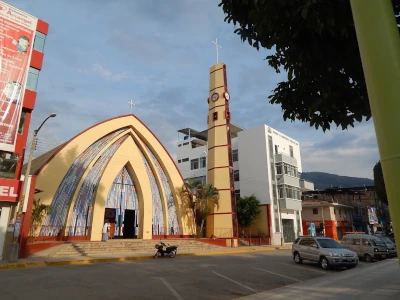
Jaén, founded as San Leandro de Jaén in 1549 and also called by the name of its former governorate Jaén de Bracamoros to differentiate it from its Spanish namesake, is a Peruvian city, capital of the district and province of the same name, located in the department of Cajamarca, in the northeast of the country. It was founded on April 10, 1549 by the Spanish captain Diego Palomino in memory of his hometown.
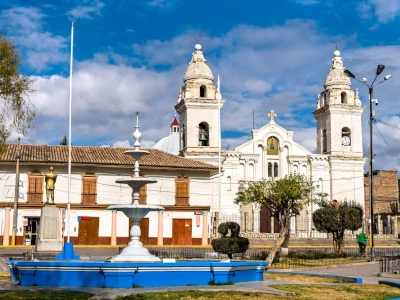
The first capital of Peru
As in all of Peru, the arrival of the Spanish marked an important milestone for this Andean city. The establishment of the viceroyalty brought with it the presence of none other than the Spanish conquistador Francisco Pizarro; who on October 4, 1533 declared the existence of ‘The very noble city of Jauja’.
Pizarro’s relationship with Jauja was quite special, since it was there that his daughter, Princess Francisca Pizarro Yupanqui, was born, which is why the foreigner returned to Jauja on up to six occasions. He also founded the city of Santa Fe de Hatun Xauxa as the first capital of the Governorate of the Viceroyalty of Nueva Castilla on April 25, 1534, a date that is commemorated today.
In this way, Jauja became the first capital of Peru, although a year later this title was granted to Lima for reasons such as its proximity to the sea, which made it perfect on a geopolitical level and led it to become a cosmopolitan space and control for the viceroyalty.
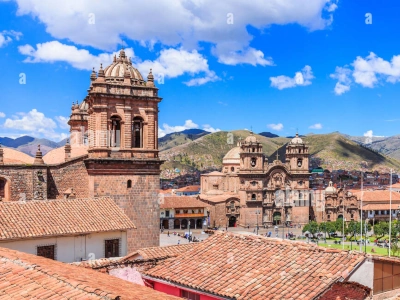
Cusco or Cuzco is a city in southeastern Peru, near the Sacred Valley of the Andes mountain range and the Huatanay river.
It is the capital of the eponymous province and department. The city is the seventh most populous in Peru; in 2017, it had a population of 428,450. Its elevation is around 3,400 m (11,200 ft).
Situated in a mountain valley at 3.4 kilometers above sea level, Cusco is considered the oldest living city of the Americas, with the first urban structures erected there some 3,000 years ago. Cusco is today a modern yet ancient city that has maintained monuments of its glorious past as proof of its greatness.
The city was the capital of the Inca Empire until the 16th-century Spanish conquest. In 1983, Cusco was declared a World Heritage Site by UNESCO with the title “City of Cusco”. It has become a major tourist destination, hosting over 2 million visitors a year and providing passage to numerous Incan ruins, such as Machu Picchu, one of the Seven modern wonders of the world and others. The Constitution of Peru (1993) designates the city as the Historical Capital of Peru.
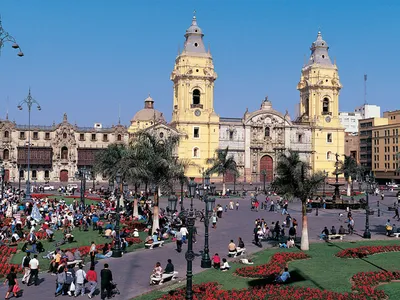
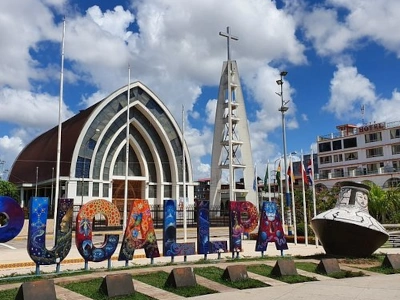
Before the colonization of South America, the entire jungle was inhabited by natives. Colonization was very difficult due to diseases that occurred or attacks by strangers, so there was not enough information to know how they lived. Explorations began in the 15th century.
The first Franciscans began to gradually found villages between the Ucayali River and the Perené River. Pucallpa originated in the central jungle (between the current countries of Peru, Brazil and Bolivia). There existed the Shipibo-Konibo ethnic group, one of the indigenous groups of eastern Peru, belonging to the Pano linguistic family and living on the banks of the Ucayali River and its tributaries Pisqui, Callería, and Aguaytia and on the shores of the Tamaya and Yarinacocha lakes. Sometimes the Shipibo territory is considered to be downstream of the Ucayali and the Conibo culture upstream, but in reality there are communities of both groups in the two areas because they have mixed with each other.
The Shetebo, an ancient culture who lived below Contamana, are now integrated with the Shipibos. At that time the population was about 25,000 people, distributed among 108 hamlets or native communities. The environment was very ecological and simplified, remaining preserved for years. The houses were made of palm leaves and ventilated and they lived in the forest. Their deceased were secretly buried in vessels in their own homes. They survived by fishing, and used medicinal plants as medical recipes.
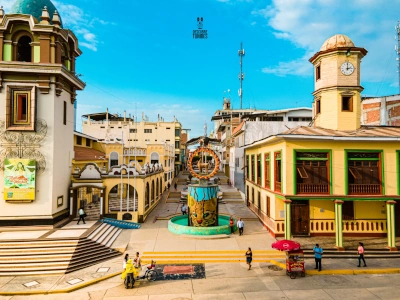
Tumbes is located 1,260 kilometers from Lima, two hours from Mancora (Piura) and 30 minutes from the border with Ecuador. It has a privileged location since the city connects with the main beaches, which have become famous for their white sand, turquoise sea and Caribbean climate.
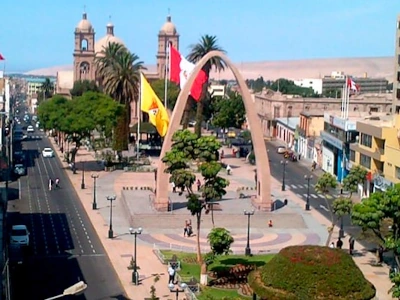
Tacna (officially: San Pedro de Tacna) is a city in the Tacna Province in the region of the same name in Peru. The city is located 35 kilometers from the border with Chile, in the Atacama Desert. Tacna is located at an altitude of 552 meters and on the Caplina River. In 2015, there were 293,000 inhabitants.
Tacna was founded in 1572 by Spanish colonists. It was the capital of the short-lived Peru-Bolivian Confederation (1836-38). Today, Tacna is an economic center for the entire region.
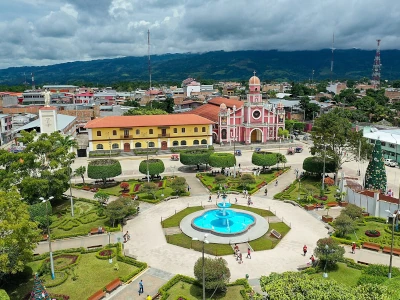
Moyobamba is a city in the Moyobamba Province, in the San Martín Region of Peru. In 2015, the city had a population of 56,500. The city is located 860 meters above sea level and is surrounded by a rich natural environment, such as waterfalls and caves, and overlooks the Mayo River
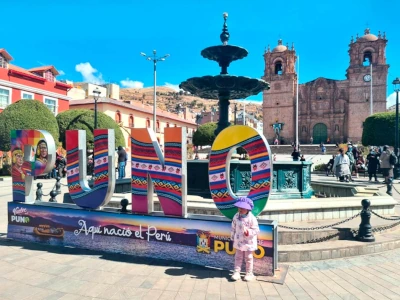
Puno, also San Carlos de Puno, is a city in the province and region of the same name in Peru. Puno is located at 3,860 meters above sea level on the shores of Lake Titicaca.
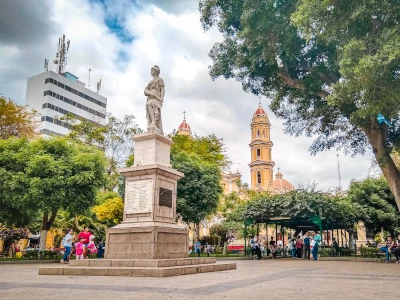
The name Piura comes from the Quechua word “Pirhua” which means supply warehouse or granary. Piura was a supply point for the Quechuas.
